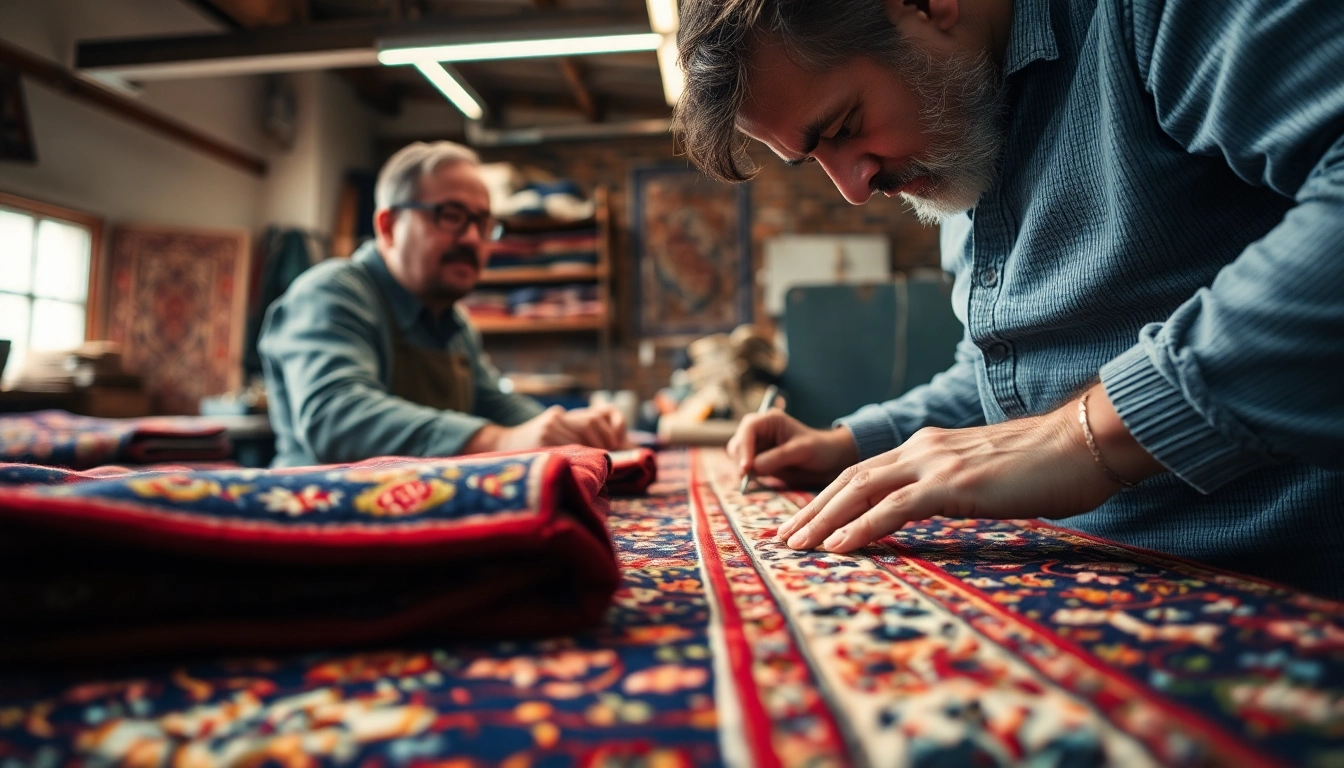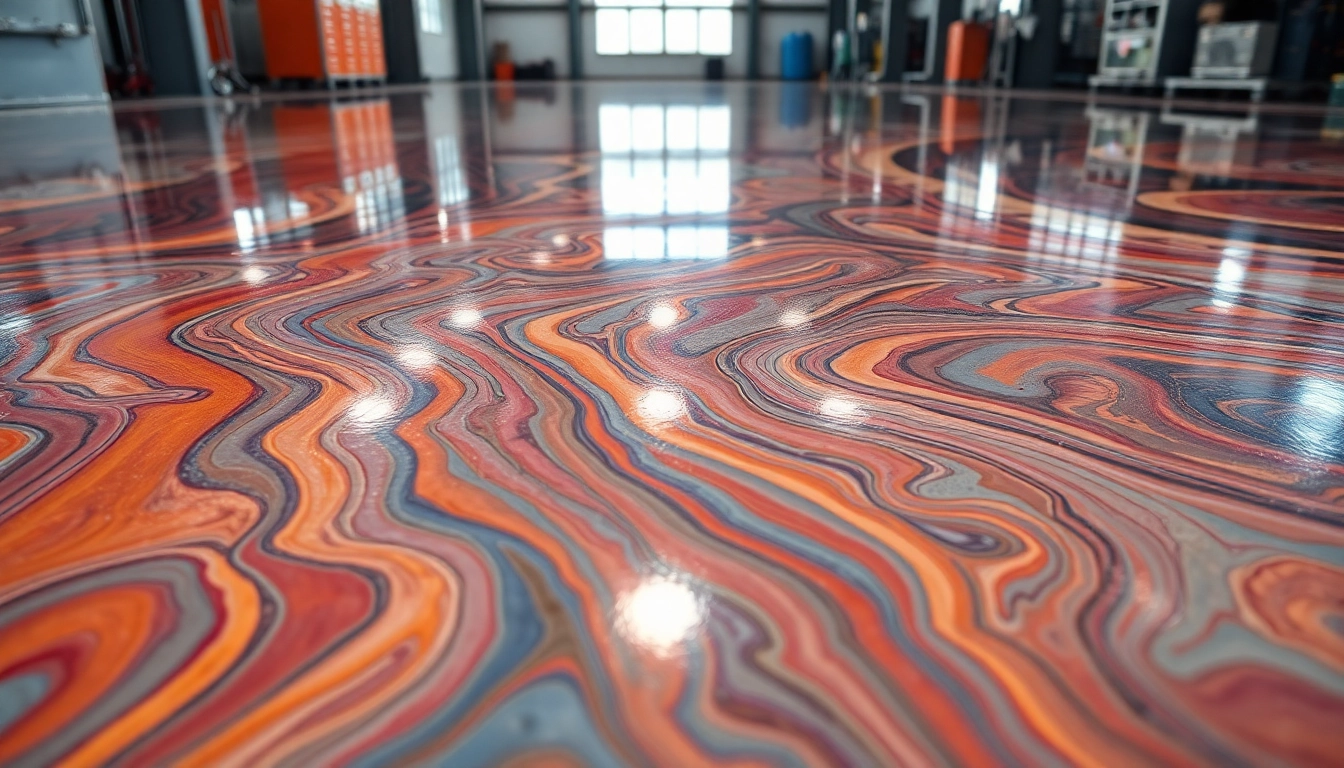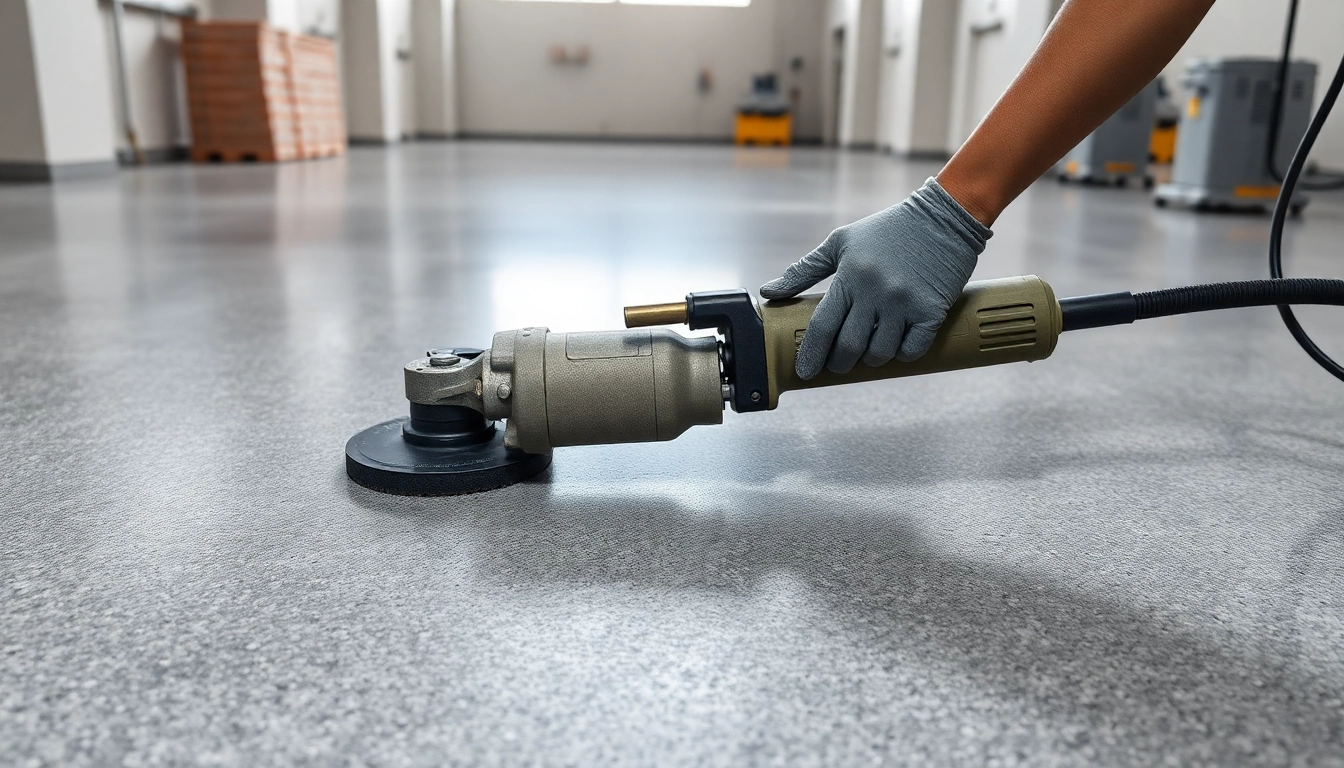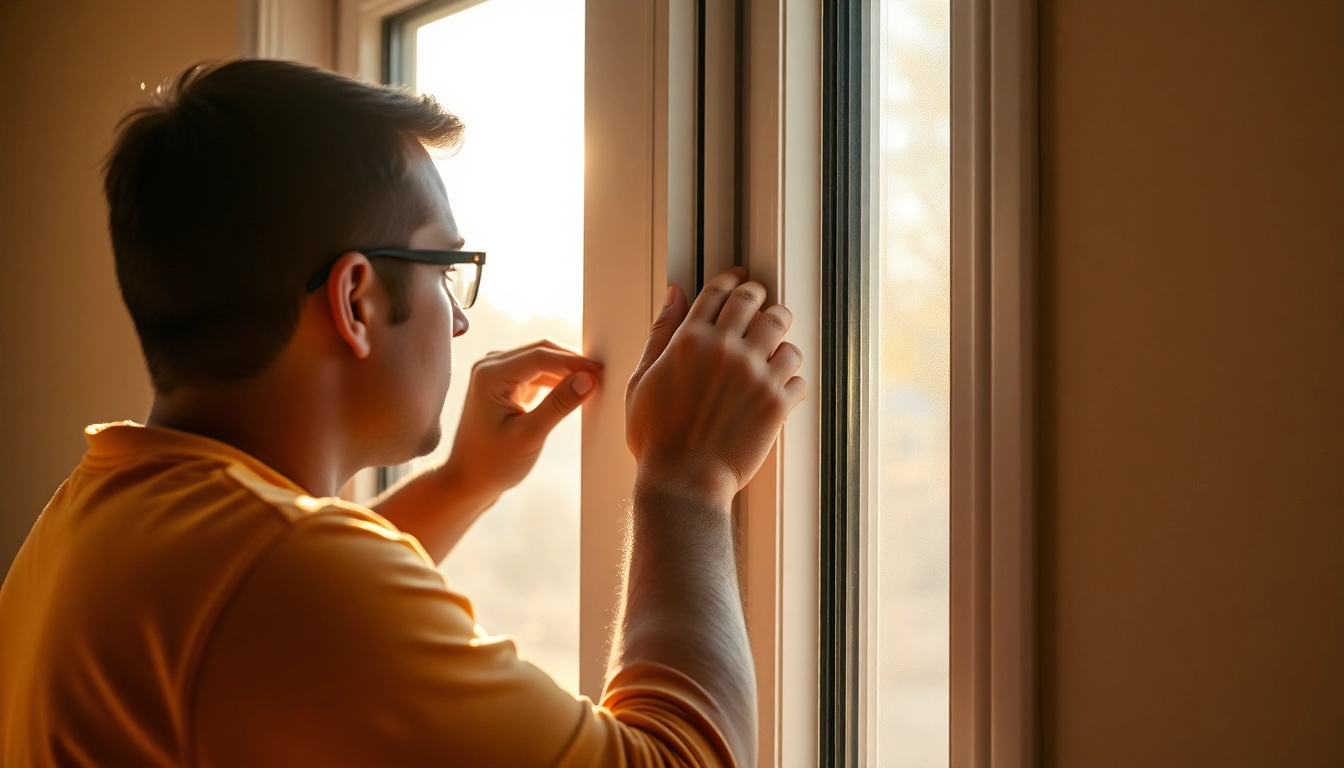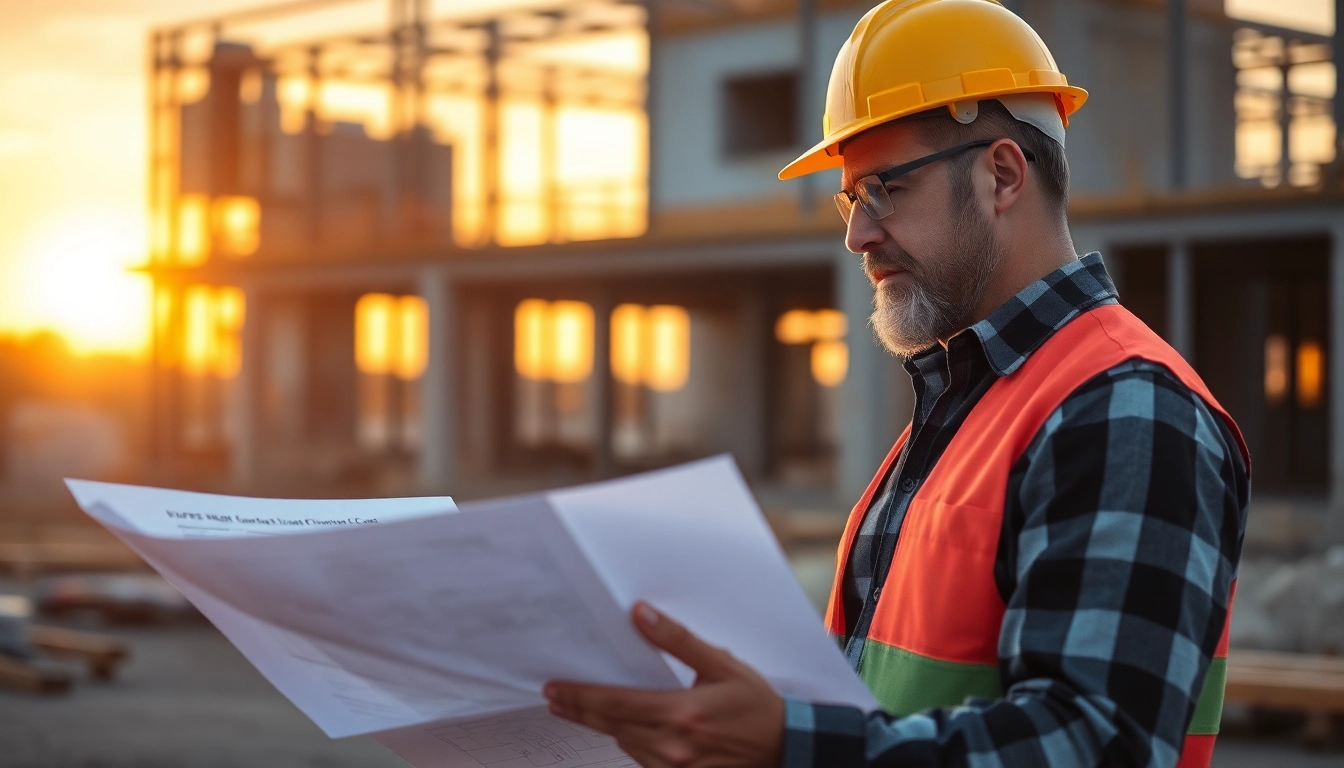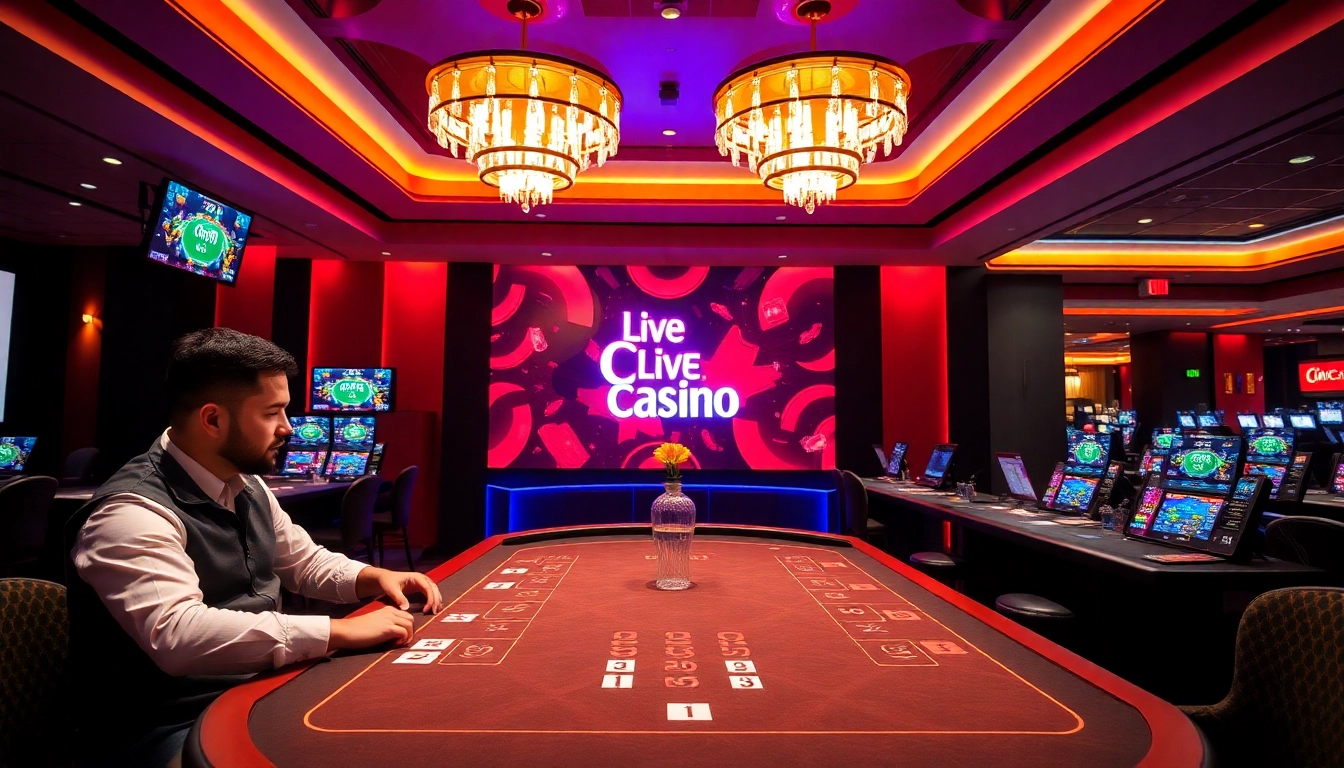Understanding Restauro Tappeti Milano: Techniques and Importance
Restoration of carpets, or “restauro tappeti milano,” is an art that combines tradition, craftsmanship, and scientifically backed methods to preserve the cultural heritage and aesthetic appeal of these intricate textiles. Milano, as a hub of artistic and cultural activity, boasts a rich history of expert restorative services that are vital for maintaining the value, beauty, and longevity of both antique and modern rugs. Whether dealing with fragile antique Persian rugs or contemporary designs, professional restoration services in Milan aim to repair damage, restore vibrancy, and ensure that each piece retains its historical significance and visual allure.
For those seeking top-tier restoration craftsmanship, exploring specialized centers such as Restauro Tappeti milano is crucial. These professionals employ advanced techniques and understand the nuances of various fiber types, dyes, and weaving methods, allowing for precise and durable restoration outcomes.
Historical and Modern Restoration Methods
Historically, carpet restoration was performed using purely artisanal techniques passed down through generations. Traditional methods involve meticulous hand repair, dyeing, and cleaning to return worn areas to their original beauty. For example, expert restorers utilize delicate reweaving, knot-by-knot replacement, and natural dye retouching to revive antique pieces without compromising their authenticity.
In contrast, modern restoration integrates scientific advancements such as laser cleaning, synthetic dyes that match original shades, and non-invasive structural reinforcement. These innovations enable restorers to handle larger damages efficiently, reduce turnaround times, and enhance the durability of repairs while maintaining the rug’s aesthetic integrity.
Types of Damages Addressed in Restauro
Restoration services in Milan tackle a wide spectrum of damages, including:
- Physical Tears and Rips: Suturing and reweaving to restore structural integrity.
- Burn Marks and Holes: Patchwork techniques or reweaving to conceal or replace damaged sections.
- Frayed or Worn Fringes: Reattaching or replacing fringing to maintain the rug’s border aesthetics.
- Fading and Discoloration: Dye restoration using color-matched paints or natural dyes to revive vibrancy.
- Stains and Biological Damage: Specialized cleaning protocols to remove pet stains, mold, or insect damage.
Addressing these damages requires an expert eye and careful choice of techniques, ensuring that the rug’s unique character remains untouched while its condition improves significantly.
Benefits of Professional Rug Restoration in Milan
Opting for professional restoration provides numerous benefits:
- Preservation of Cultural Heritage: Restorers retain the authenticity and historical significance of antique rugs.
- Enhanced Aesthetic Appeal: Restored rugs regain their original colors, details, and textures, elevating interior decor.
- Increased Market Value: Well-restored carpets command higher prices and attract collectors or interior designers.
- Extended Lifespan: Proper restoration reinforces fibers and repairs damages that could worsen over time.
- Customized Solutions: Each restoration is tailored to the specific needs and history of the rug, ensuring optimal results.
Step-by-Step Guide to Restauro Tappeti in Milano
Initial Assessment and Damage Evaluation
The process begins with a comprehensive evaluation by restoration experts. They examine the rug’s materials, weave density, dye quality, and the extent of damages. This assessment guides the subsequent steps, determines the appropriate techniques, and helps establish realistic restoration timelines and costs.
Advanced diagnostic tools such as high-resolution imaging and fiber analysis may be employed to uncover hidden damages and plan precise interventions. Transparency with clients regarding assessment findings ensures trust and clarity about restoration scope.
Cleaning, Repair, and Dye Restoration Processes
Following assessment, professional cleaning removes dust, dirt, and biological contaminants. Techniques include gentle hand washing with pH-neutral solutions and, where appropriate, ozone or laser cleaning for stubborn stains.
Repair involves delicate reweaving using original or similar fibers, replacing damaged sections, and restoring fringing and borders. Dye restoration utilizes either natural dyes—derived from plants and minerals—or high-quality synthetic options, carefully matched to the original palette. Restorers often document dye formulations to ensure consistency across the repair process.
This phase demands expert craftsmanship and patience, especially for antique or highly valuable pieces, to conserve the rug’s integrity and authenticity.
Final Quality Checks and Preservation Tips
After repairs, the rug undergoes detailed inspections to confirm the effectiveness of repairs and color consistency. Protective treatments, such as consolidants or UV-resistant finishes, may be applied to safeguard the restoration work from future deterioration.
Guidance on maintenance and proper handling ensures long-term preservation. Techniques include regular gentle vacuuming, avoiding direct sunlight, and periodic professional cleaning.
Choosing the Right Restauro Tappeti Milano Service
Key Qualities to Look for in a Restoration Specialist
When selecting a restoration service, consider factors such as:
- Expertise and Experience: Preferably over 20 years working with both antique and modern rugs.
- Qualified Technicians: Certification from recognized textile conservation institutions.
- Portfolio of Past Projects: Demonstrable before-and-after case studies.
- Use of Advanced Techniques and Materials: State-of-the-art tools and eco-friendly dyes.
- Transparent Pricing and Clear Communication: Detailed quotes and realistic timelines.
Cost Factors and Budgeting for Restoration
The price for professional rug restoration varies widely, typically ranging from as low as €50 to over €1,000, depending on damage severity, rug size, and intricacy. Factors influencing costs include:
- The extent of damage—minor repairs cost less than full reweaving of large sections.
- Rug material—silk and fine wool require more delicate techniques.
- Dye matching complexity—natural dyes or antique dyes may involve higher costs.
- Urgency of service—priority treatments may carry additional fees.
Professional restorers will provide detailed estimates after initial assessment to facilitate budget planning.
Customer Testimonials and Before-After Cases
Long-standing restoration centers in Milan showcase a portfolio of successful projects that demonstrate their expertise. Clients often highlight improved appearance, restored structural integrity, and preserved value post-restoration. For example, a 50-year-old Persian rug with multiple tears was meticulously reweaved, resulting in a near-original appearance, significantly boosting its sentimental and monetary value.
Maintaining and Preserving Restored Tappeti in Milano
Daily Care and Cleaning Tips
To extend the life of your restored rug, adopt gentle cleaning routines. Regular vacuuming with a soft brush attachment prevents dust buildup. Avoid aggressive scrubbing, which can damage fibers. Address spills immediately with blotting rather than rubbing, and use mild cleaners recommended by professionals.
Optimal Storage and Display Practices
Proper storage involves keeping rugs in a dry, cool environment, rolled rather than folded to prevent creases. Use breathable coverings to prevent dust accumulation. When displaying, avoid direct sunlight, high humidity, or proximity to heating sources, all of which accelerate deterioration.
Advanced Preservation Techniques for Long-Term Quality
For valuable or antique rugs, conservation techniques such as environmental control, UV filtering glass, and periodic professional checkups are recommended. These measures significantly reduce the risk of future damage and help maintain restoration results over decades.
FAQs About Restauro Tappeti Milano and Cost Insights
Average Costs for Professional Rug Restoration
As cited by industry experts, the typical expense for restoring a rug can be from €50 to €1000 or more, depending on factors like size, damage severity, and materials involved. Always obtain multiple quotes and consider the service provider’s expertise rather than cost alone.
How to Recognize Genuine Restoration Work
Authentic restoration preserves the rug’s original character. Signs of good work include seamless repairs, color matching, and invisible reweaving. Poor restoration often exhibits mismatched dyes, uneven repairs, or over-restoration that dilutes the rug’s authenticity.
Estimated Timeframes for Complete Restauro Projects
The duration varies based on damage complexity and project scope, generally ranging from a few days for minor repairs to several weeks for extensive reweaving or dye restoration. Proper planning and communication with your chosen specialist help set realistic expectations.
